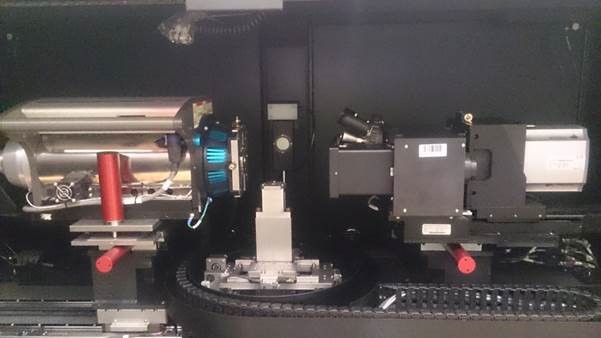
Well productivity: High pressure water & gas impact on permeability
This project was aimed at producing a more realistic relative permeability model for CSG reservoirs, considering key characteristics which affect two-phase flow such as local coal chemistry, the minerals present, the surface morphology of the cleat, cleat connectivity and local pressure conditions.
The prediction of coal seam gas (CSG) well productivity is heavily dependent on modelling the effective permeabilities of gas and water for the reservoir throughout the production life. Two-phase flow of gas and water in the complex, heterogeneous cleat structure of coal is dependent on many factors which are not well represented in current modelling applications. Consequently, these models were typically providing poor predictions of CSG reservoir performance, limiting the effectiveness of these simulations in evaluating well productivity.
The laboratory measurements were conducted in parallel with reservoir simulation studies to test new models for relative permeability.
PROJECT OUTPUTS
- Research poster: Response of relative permeability to coal surface chemistry and effective pressure through steady-state flooding measurements using X-ray CT Scanner and artificial Australian coal cores, Centre Research Review (2018)
- Research poster: Response of relative permeability to coal surface chemistry through steady-state core flooding measurements using X-ray CT Scanner and packed bed samples, Centre Research Review (2017)
- Research poster: High-pressure measurements of gas-water relative permeability in coal seams using x-ray CT scanner, Centre Research Review (2015)
- Conference paper: Ge L, Khan C, Mahoney S, Rufford TE, Rudolph V (2015), Effects of effective stress changes on coal relative permeability, International Conference on Coal Science and Technology, Melbourne, 27 September - 1 October, 2015
- Conference paper: Khan C, Ge L, Mahoney S, Rufford T, Rudolph V, Steel K, Towler B, Honari V (2015), Coal bed methane reservoir simulation study, Abstracts of AAPG Asia Pacific Geoscience Technology Workshop (GTW) Opportunities and Advancements in Coal Bed Methane in the Asia Pacific. AAPG Opportunities and Advancements in Coal Bed Methane in the Asia Pacific, Brisbane, 12-13 February, 2015.
- Reports: Experimental data and models for gas-water permeability; and the results of wetting agent or surfactant trials
- Software: New software modules
|
